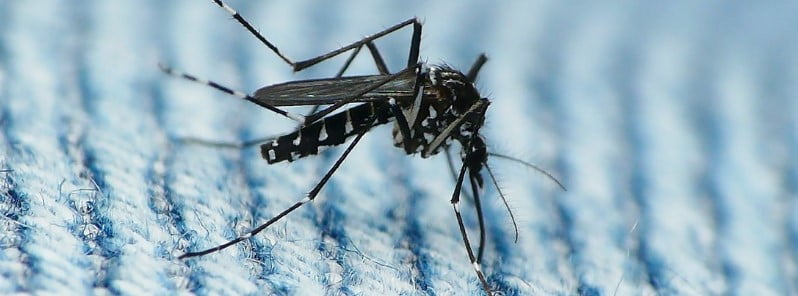Peru grapples with worst dengue outbreak on record

Peru, reeling from the devastating effects of recent nationwide floods, is now wrestling with its worst dengue outbreak on record. So far, the health crisis has resulted in nearly 200 deaths and at least 130 000 reported cases, a dramatic surge from the 63 100 cases recorded in the entire 2022.
Among the most severely impacted regions are the provinces of Piura, which has reported one-third of the national case count, and Lambayeque, with 12 000 cases and 37 deaths. The Lima metropolitan area and the Ica department are also experiencing a sharp increase in dengue cases.
In response to the escalating health crisis, the Peruvian Government declared a health emergency in 222 districts. It is now mobilizing personnel and resources in an attempt to bolster health services nationwide.
However, healthcare facilities across the country are under significant strain. Many medical centers are overwhelmed and lack the capacity to adequately respond to the high volume of daily cases. Shortages of testing equipment and medicines further complicate efforts to manage the outbreak.
Health authorities said they have fumigated millions of homes across the country in an effort to stop the infection from spreading.
The country’s health authorities have pointed towards El Nino as one of the key drivers of the surge in cases, Reuters reported. The natural climate phenomenon fuels tropical cyclones in the Pacific, boosting rainfall and flood risk in the region.
The spike in cases this year is far higher than a major outbreak in 2017 when there was also an El Nino.
Dengue is a mosquito-borne viral infection causing a severe flu-like illness, and in some cases, a potentially lethal complication known as severe dengue, also known as dengue hemorrhagic fever.
The dengue virus is primarily transmitted by the Aedes mosquitoes, particularly A. aegypti, which is a common mosquito species in tropic and subtropic regions around the world. These mosquitoes typically breed in stagnant water containers, such as pots, buckets, and old tires, and are most active during early morning and late afternoon/evening.
When a mosquito bites a person infected with a dengue virus, the mosquito becomes infected and can spread the virus to other people through bites. It’s important to note that dengue does not spread directly from person to person.
Symptoms of dengue fever typically begin four to six days after infection and can last for up to 10 days. Symptoms may include:
- High fever
- Severe headaches
- Pain behind the eyes
- Severe joint and muscle pain
- Fatigue
- Nausea
- Vomiting
- Skin rash, which appears two to five days after the onset of fever
- Mild bleeding (such as nose or gum bleed, or easy bruising)
In severe cases, symptoms may progress to severe dengue, which includes symptoms such as persistent vomiting, rapid breathing, bleeding gums, fatigue, blood in vomit, and severe abdominal pain. Severe dengue is a medical emergency and requires immediate medical attention.
There is no specific treatment for dengue fever, and management primarily involves supportive care – maintaining proper fluid balance, managing fever, and treating any secondary infections that might occur. Prevention strategies involve avoiding mosquito bites (using insect repellent, wearing protective clothing, using bed nets, etc.) and controlling mosquito populations.
Featured image credit: coniferconifer

Commenting rules and guidelines
We value the thoughts and opinions of our readers and welcome healthy discussions on our website. In order to maintain a respectful and positive community, we ask that all commenters follow these rules.